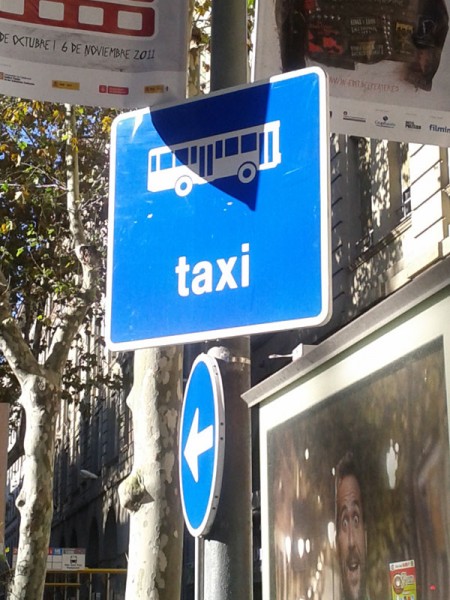
Enjoy this little summary on the best pictures, this time not randomly chosen.
Selfmade and alternated signs

Weird and confusing street signs

Plain funny

Educational

And of course we got some fonts in use

We are not the only collectors of pictures showing crazy signs and nice fonts. One person, who does not only collect those pictures but also classifies them is Urs who started the project MUD.
MUD – Visual, semantic and geographical context of pictographical presentation
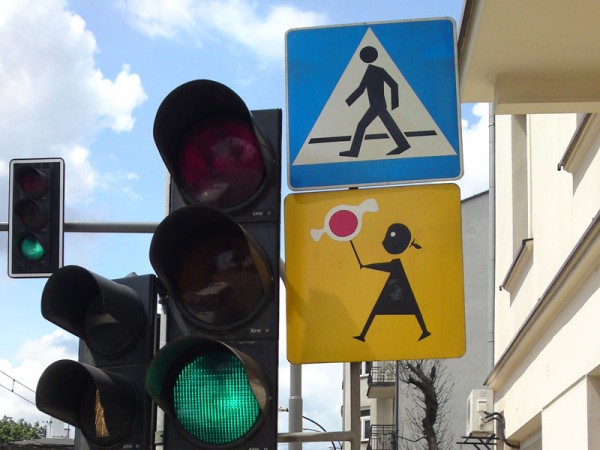
(picture by Urs Odermatt)
“Pictograms can be found all over the world. In an universal, usually easily understandable language, they communicate something in a figurative way to us. The project MUD (working title) collects them in an anthology and interprets them in existent and new relations.
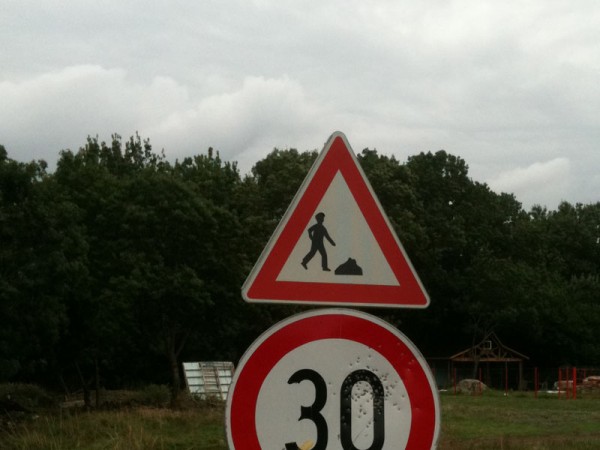
(picture by Urs Odermatt)
MUD engages with the pictograms and signs that surround us in every day life. One main focus is the highly interesting development and progression in the history of pictogram design in Switzerland.
The pictographical display forms get collected in an online database and amended with con-text sensitive content, like links and additional information. Outstanding or interesting signs will be stored and presented on a website tool.
The presence of the simplified sign forms in the whole world, their interpretion kinds and visual diversity, are a enormous treasure for studies.
The stumbling block gives on one hand the surely high quality of pictograms in Switzerland, on the other hand the tremendous variety of the pictos worldwide.
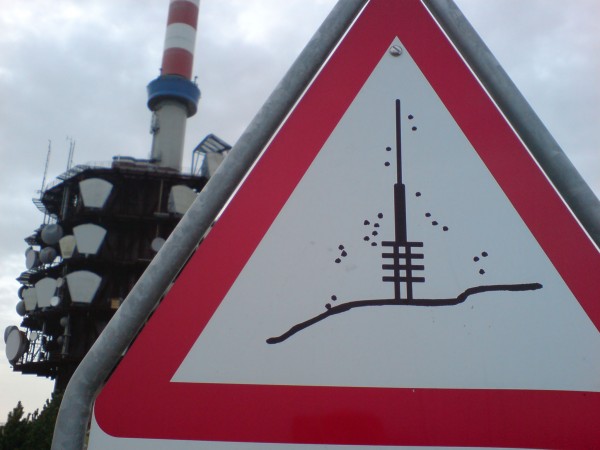
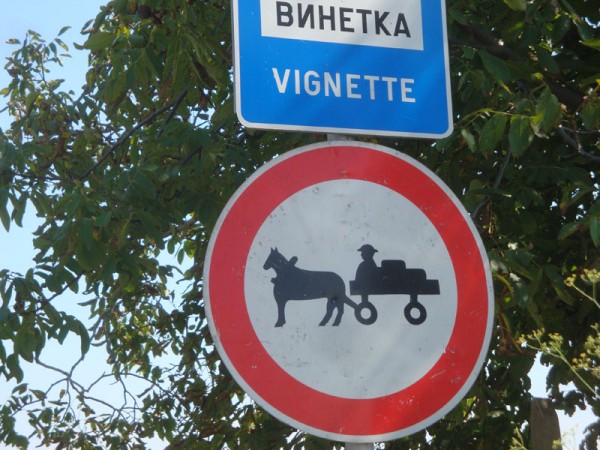
(pictures by Urs Odermatt)
Steadily, many questions can be added, e.g. like:
• Why does a visualization of a telephone have to show up like an old bakelite phone, in order to be recognized as a telephone (even though no actual telephone looks like that at all?)
• How do pictograms with the same information distinguis in different culture areas?
• From which point can we recognize a simplified sign form as a pictographic message?”
For further information see →www.mud.ch We think that is something to think about!
As to the conference: Pre-ordering tickets via the website of TYPO London is closed now – but you can still register tomorrow at the conference site. Get further information from:
- TYPO London Blog
- TYPO London Facebook
- Twitter hashtag #typo11
- TYPO London Live Stream




















